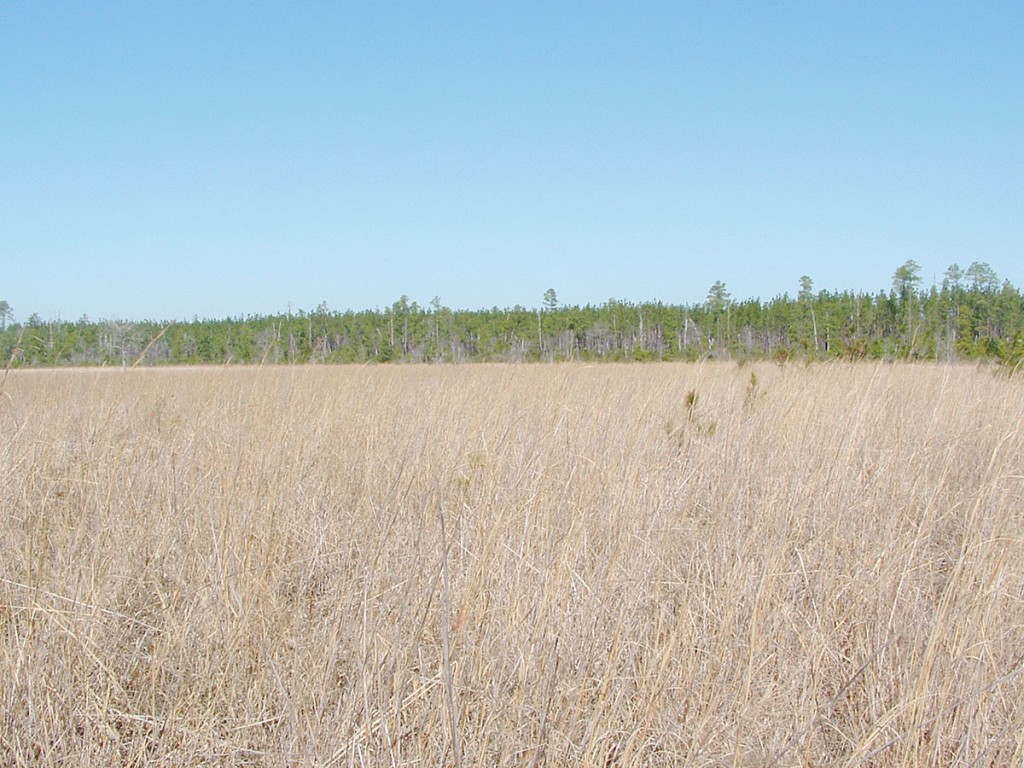This day trip may present the most interesting place of all for a simple reason: Few people are allowed to see it. My history with the place goes back 28 years. One July day in 1986, a self-assigned writing project took me to the Savannah River Site. And what a site! It covers more than 310 square miles.
In building the “bomb plant,” the government moved the town of Ellenton lock, stock and barrel, a disruptive event like few others. Way back then, in the early 1950s, a hand-lettered sign at the city limits expressed the evicted peoples’ sentiment: “It is hard to understand why our town must be destroyed to make a bomb that will destroy someone else’s town that they love as much as we love ours. But we feel that they picked not just the best spot in the U.S., but in the world.”
A new town was made for the displaced, New Ellenton. Many younger residents who left Ellenton, however, never returned. Of those 50 years or older who relocated to New Ellenton, over half died within a decade. Expatriates forbidden to visit their old homes, their will to live withered. Neither were the dead spared. One hundred and fifty graveyards were relocated to a real eternal rest.
However, the tight security has made the site a rich and diverse natural area. Carolina bay wetlands and biological diversity ennoble this place. In a great paradox, a place that refined materials for hydrogen bombs created a grand oasis where more than 240 bird species, more than 100 species of reptiles and amphibians and nearly 100 species of freshwater fish live. A creek coursing through here exhibits the greatest diversity of invertebrates of any creek in the Western Hemisphere. South Carolina’s largest alligator — over 13-feet long — lived here. As one-time SRS Ecology Lab Director Whit Gibbons pointed out in USA Today, “These are not nuclear mutants, simply specimens grown large because they are not hunted or fished. It’s a pretty simple formula. The best protection for the environment is no people.”
SRS will offer 22 general driving tours to the public in 2014, giving approximately 1,100 people a chance to see the site. Tour check-in begins at 12:30 p.m. at the Aiken County Applied Research Center, located off Highway 278, near the site’s northern boundary. Guests will get a safety briefing, tour of the Savannah River Ecology Laboratory and general driving tour of the site. The tour will conclude at approximately 4:30 p.m.
Site tours provide an opportunity for those interested in SRS to better understand the Department of Energy’s facilities and workers that changed the face of Aiken, Barnwell and Allendale counties, area cities and helped win the Cold War. Guests will also learn about the site’s future missions.
Be advised that specific natural areas, however, are not part of the tour. You just can’t go to SRS without solid justification, but you can apply for one of the guided tours. You won’t see any natural areas though. And if you don’t take a tour? As close as you will get is driving through on S.C. Highway 125.
If You Go …
To Apply For A Tour …
www.srs.gov/general/tour/public.htm for dates, times, and other details.
Learn more about Tom Poland, a Southern writer, and his work at www.tompoland.net. Email day-trip ideas to him at [email protected].












